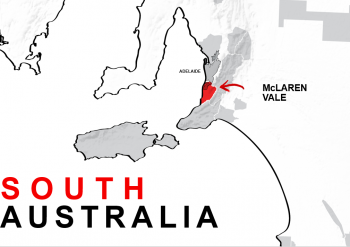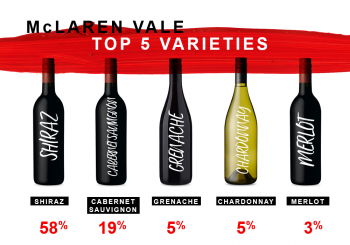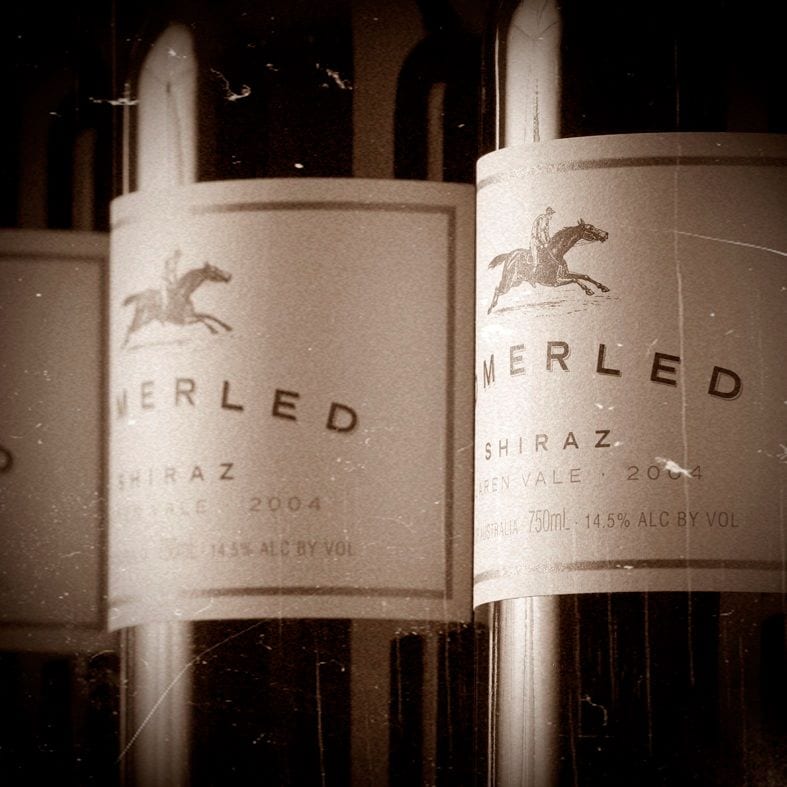A few weeks back I took you for a tour through the Adelaide Hills.
This week let’s visit our closest neighbour and the region responsible for Rob’s moreish Shiraz…
MCLAREN VALE
McLaren Vale is one of the oldest and most historically significant wine regions in Australia. It is also one of the most innovative and exciting.

Diversity
McLaren Vale is known for its ability to produce brilliant wines from an array of noble varieties.
In the wine world, the term “noble grapes” has come to represent six well-known international varieties: Cabernet Sauvignon, Merlot, Pinot Noir, Chardonnay, Sauvignon Blanc and Riesling.
From restrained yet generous Cabernet Sauvignon and rich refind Shiraz. To an exciting range of emerging varieties like Fiano and Tempranillo. Its current star performer, however, is Grenache.
Innovation
The region boasts many creative, boutique wineries. These smaller producers push boundaries and experiment in the pursuit of the next big thing.
Sustainability
McLaren Vale is also one of the most environmentally conscious regions in Australia. A number of producers farm organically and biodynamically or employ sustainable farming methods.
Natural beauty
McLaren Vale is an incredibly picturesque region. It is nestled between the Mount Lofty Ranges and the white, sandy beaches of Gulf of St Vincent. It offers exceptional wines and regional produce all set among rolling hills, vineyard vistas, charming villages and a rugged coastline.
(…not as amazing as the Hills of course, but it’s definitely worth a look!!)
HISTORY
1838
McLaren Vale McLaren Vale is founded two years after the state of South Australia is established.
The region’s founders were two English farmers from Devon – William Colton and Charles Thomas Hewitt. Drawn to the area by its fertile soils and fresh water, the two men established adjoining farms (for cereals and cattle).
Those farms, today known as Oxenbury Farm, now produce award-winning wines.
Early 1840s
John Reynell establishes South Australia’s first commercial vineyard. While records differ, it is believed he planted vines as early as 1838 or 1839 with the first vintage occurring in the early 1840s
1850s
The now-legendary winemaker Thomas Hardy establishes his own property. He delivers the largest bulk wine export to England.
Mid-1920s to late 1960s
Production is focused on fortified wine and business booms.
With money in the bank some wineries began investing in bottling lines.
Immigrants from post-war Italy started to arrive. With them came olives and a food culture that has added so much to the region’s reputation as a centre of gastronomy.
1970s and 1980s
McLaren Vale’s table wines take their place on the world stage. The number of wineries grows along with the region’s reputation for fine wine.
1999
McLaren Vale built the first and largest reclaimed-water network in Australia. This allows irrigation to come from sustainable resources other than river water.
Today
With so much to offer winemakers, McLaren Vale is increasingly known as one of Australia’s most exciting wine regions.
Loving our blog? Sign up for weekly updates straight to your inbox…
GEOGRAPHY, CLIMATE AND SOIL
- McLaren Vale has a Mediterranean climate. It is characterised by warm summers, mild winners, winter-dominated rainfall, low relative humidity and relatively high evaporation.
- The proximity of Mount Lofty and Gulf St Vincent plays an important role in moderating the climate. They are largely responsible for many meso- and micro-climatic differences. Local winds blow down from both the slopes and in from the Gulf to cool and dry vines. This climatic variation throughout the region means there are small parcels of land each making distinct wines.
- Altitude is classified as low. Vineyards are located from 10 – 350m.
- The Growing Season Rainfall (GSR) is 226mm. The GSR is calculated from October to April and is a good indication of how much water is available to the vine.
- The Mean January Temperature (the average temperature of the warmest month) (MJT) is 21.3°C.
- McLaren Vale is one of the most geologically diverse regions in the world. It has over 40 unique geologies that vary in age from 15,000 years to more than 550 million years. Its wide variety of soil types reflect its varied terrain…
- Red-brown sandy loams
- Grey-brown loamy sands
- Distinctly sandy soils
- patches of red or black friable loams
- Yellow clay subsoils interspersed with lime
- The one thing these soils have in common is that they are fairly free-draining. This makes them perfectly suited to the production of top-quality grapes.
VITICULTURE

McLaren Vale has a proud history of viticulture and today has over 7,300 hectares of land under vines. Around 90% of grapes grown are red varieties with a focus on Shiraz, Cabernet Sauvignon and Grenache.
However, all manner of vines thrive in the region’s soils, and experimentation with different varieties is a major focus. Vines suited to a Mediterranean climate flourish on many sites. These include Barbera, Fiano, Sangiovese, Zinfandel and Vermentino
Many of McLaren Vale’s wineries employ innovative viticulture practices. It is this contemporary approach combined with many old vines – and the careful viticulture practices required to manage them – that helps to define the region.
I’m going to stop there and come back next week for the rest of the story.
Again, a big thank you to Wine Australia for producing some amazing educational resources which helped with today’s post!
